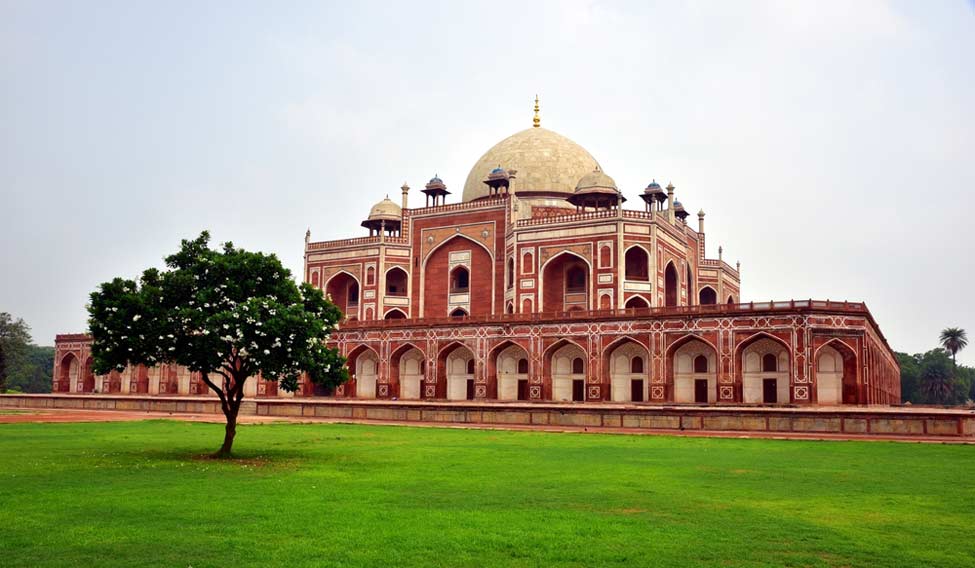 Ratish Nanda
Ratish Nanda
Many of us have a deep-rooted belief that ours is an ancient civilisation, more culturally advanced than any other. Yet those in the tourism sector often express their surprise at how India does not get its ‘fair share’ of tourists with visitor numbers to India dwarfed by smaller nations such as the United Kingdom or even a single heritage site such as Versailles in France.
Somehow the connect between protection, conservation and management of our heritage sites and tourist numbers is yet to be discussed.
In the United Kingdom, over 600,000 heritage buildings enjoy legal protection and their owners a wide range of incentives from tax breaks to grants for conservation. To ensure their heritage buildings are passed on to future generations in a better condition, up to 55 per cent of the construction industry budget in the United Kingdom is spent on conservation.
By comparison, under 15,000 heritage buildings in India are protected by law and incentives were unheard of until Vijay Goel, Union Minister for Sports, recently prevailed upon the North Delhi Municipal Corporation to waive conversion charges (from residence to hotel) for 767 listed heritage buildings. This is a welcome small step but it is hoped that more will follow.
Then there is the other issue of conservation of the 15,000 legally designated heritage buildings. Conservation costs in India do not even represent 0.0000000001 per cent of the construction industry budget! Furthermore, conservation is popularly perceived to be anti-development and a burden rather than the economic asset our heritage buildings could be and that too for sustainable development.
To overcome the limited available cash for conservation, funds allocated to schemes such as NREGA could be utilised for conservation as it is seen that up to 90 per cent of conservation costs are for craftsmen wages. With over Rs 20,000 crore available as CSR funds eligible for conservation activities the Archaeological Survey of India, the Departments of Archaeology in each state and the municipal corporations/ councils in each historic city need to make tremendous effort to get a slice of the CSR cash pie to meet their objectives.
In the 2015 budget speech, Union Finance Minister, Arun Jaitley announced grants for building tourist infrastructure at nine sites with tourism potential— this it is hoped will help build the infrastructure discerning visitors expect at significant sites—a site museum, cafe, souvenir shops, adequate parking and clean toilets, amongst others. Across the civilised world, at each heritage site, visitor experience is enhanced by relating the story of the site and highlighting attractive features. In India, however, not even at the Taj Mahal where there are a million stories to tell is a visitor retained for a longer duration or encouraged to visit the hundreds of adjoining sites.
Conservation works at the World Heritage Site of Humayun’s Tomb, undertaken as a partnership between the Archaeological Survey of India and the Aga Khan Trust for Culture over a 10-year period, has demonstrated the impact of conservation and better upkeep on visitor numbers with a 1000 per cent increase. With conservation works coupled with a major urban development project including socio-economic development and focussed on creating additional attractions such as a Site Interpretation Centre funded by the Ministry of Tourism, these figures are expected to rise further in future years.
Examples from across the world demonstrate that conservation of significant sites and clusters of monuments in urban areas can achieve many government objectives— increased tourism, employment for craftsmen and tourism professionals, increased occupancy of hotels and other tourist infrastructure and all this while conservation costs are a fraction of infrastructure development costs.
Conservation architect Ratish Nanda heads the Aga Khan Trust for Culture in India






